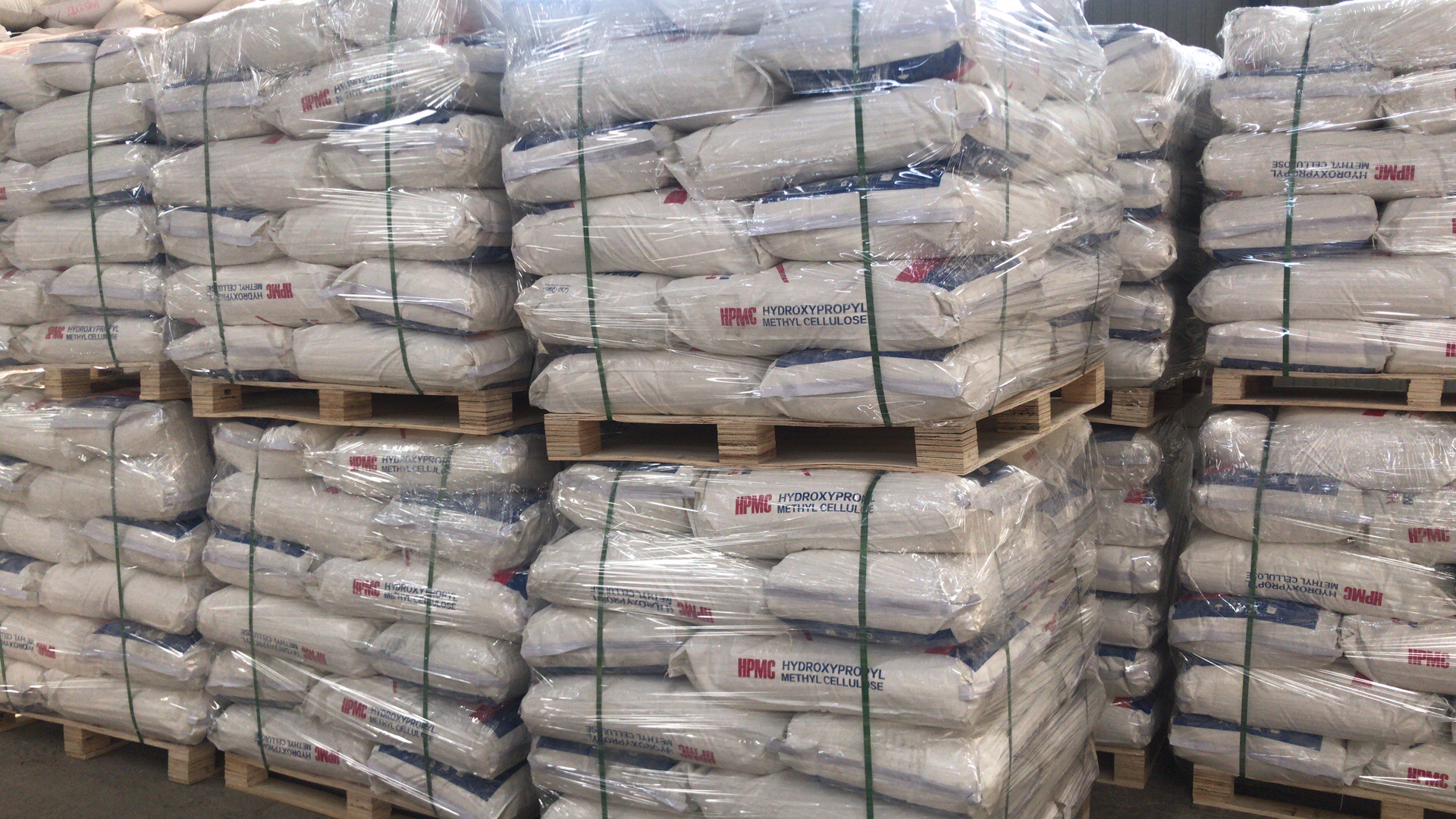Cellulose Ether Is One Of The Important Natural Polymer
Cellulose ether is a natural polymer derived from cellulose, which is the primary structural component of plants. It is an important class of polymers that has numerous industrial applications. Cellulose ether is a water-soluble polymer that has excellent film-forming properties, and it is widely used as a thickener, binder, stabilizer, and emulsifier in a variety of industries such as food, pharmaceutical, cosmetics, and construction.
Cellulose is the most abundant natural polymer on Earth, and it is found in the cell walls of plants. It is a long-chain polysaccharide consisting of glucose units linked together by β-1,4-glycosidic bonds. The cellulose molecule is a linear chain that can form hydrogen bonds with neighboring chains, resulting in a strong and stable structure.
Cellulose ether is produced by the chemical modification of cellulose. The modification process involves the substitution of some of the hydroxyl (-OH) groups on the cellulose molecule with ether groups (-O-). This substitution results in the creation of a water-soluble polymer that retains many of the properties of cellulose, such as its high molecular weight, high viscosity, and film-forming ability.
The most common cellulose ethers used in industry are methyl cellulose (MC), hydroxypropyl cellulose (HPC), hydroxyethyl cellulose (HEC), and carboxymethyl cellulose (CMC).
Methyl cellulose (MC) is a cellulose ether that is produced by the reaction of cellulose with methyl chloride. It is a water-soluble polymer that forms a clear, viscous solution when dissolved in water. MC has excellent film-forming properties and is widely used as a thickener and binder in food, pharmaceutical, and cosmetic applications. It is also used as a binder in construction materials such as plaster and cement.
Hydroxypropyl cellulose (HPC) is a cellulose ether that is produced by the reaction of cellulose with propylene oxide. It is a water-soluble polymer that forms a clear, viscous solution when dissolved in water. HPC has excellent film-forming properties and is used as a thickener, binder, and stabilizer in food, pharmaceutical, and cosmetic applications. It is also used as a binder in construction materials such as concrete and gypsum.
Hydroxyethyl cellulose (HEC) is a cellulose ether that is produced by the reaction of cellulose with ethylene oxide. It is a water-soluble polymer that forms a clear, viscous solution when dissolved in water. HEC has excellent thickening and stabilizing properties and is widely used as a thickener, binder, and emulsifier in food, pharmaceutical, and cosmetic applications. It is also used as a thickener in oilfield drilling fluids and in the production of latex paints.
Carboxymethyl cellulose (CMC) is a cellulose ether that is produced by the reaction of cellulose with chloroacetic acid. It is a water-soluble polymer that forms a clear, viscous solution when dissolved in water. CMC has excellent thickening and stabilizing properties and is used as a thickener, binder, and emulsifier in food, pharmaceutical, and cosmetic applications. It is also used as a binder in paper coatings and as a stabilizer in textiles.
The properties of cellulose ether depend on the degree of substitution (DS), which is the average number of ether groups per glucose unit on the cellulose molecule. The DS can be controlled during the synthesis of cellulose ether, and it affects the solubility, viscosity, and gel-forming properties of the polymer. Cellulose ethers with low DS are less soluble in water and have higher viscosity
and gel-forming properties, while those with high DS are more soluble in water and have lower viscosity and gel-forming properties.
One of the key advantages of cellulose ether is its biocompatibility. It is a natural polymer that is non-toxic, non-allergenic, and biodegradable, which makes it an ideal material for use in food, pharmaceutical, and cosmetic applications. It is also compatible with a wide range of other materials, which makes it an important ingredient in many formulations.
In the food industry, cellulose ether is used as a thickener, stabilizer, and emulsifier in a variety of products such as sauces, dressings, and baked goods. It can help to improve the texture and consistency of these products, as well as their shelf life and overall quality. Cellulose ether can also be used as a fat replacer in low-fat and reduced-calorie foods, as it can help to create a creamy texture without the need for added fats.
In the pharmaceutical industry, cellulose ether is used as a binder, disintegrant, and sustained-release agent in tablet formulations. It can help to improve the compressibility and flow properties of powders, as well as the dissolution and bioavailability of active pharmaceutical ingredients. Cellulose ether is also used as a thickener and stabilizer in topical formulations such as creams, lotions, and gels.
In the cosmetic industry, cellulose ether is used as a thickener, binder, and emulsifier in a variety of products such as shampoos, conditioners, and body washes. It can help to improve the texture and consistency of these products, as well as their stability and overall performance. Cellulose ether can also be used as a film-former in cosmetics such as mascara and eyeliner, as it can help to create a smooth and even application.
In the construction industry, cellulose ether is used as a binder, thickener, and stabilizer in a variety of materials such as plaster, cement, and mortar. It can help to improve the workability and strength of these materials, as well as their water retention and adhesion properties. Cellulose ether can also be used as a rheology modifier in oilfield drilling fluids, as it can help to control the viscosity and flow properties of these fluids.
In conclusion, cellulose ether is an important natural polymer that has numerous industrial applications. It is produced by the chemical modification of cellulose and has excellent film-forming, thickening, and stabilizing properties. Cellulose ether is widely used in the food, pharmaceutical, cosmetic, and construction industries, and it is biocompatible, non-toxic, non-allergenic, and biodegradable. With its unique properties and versatility, cellulose ether will continue to be an important material for many years to come.
Post time: Mar-20-2023

